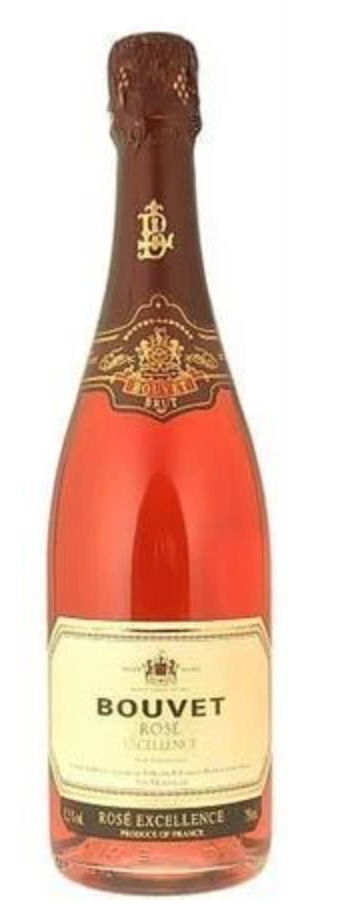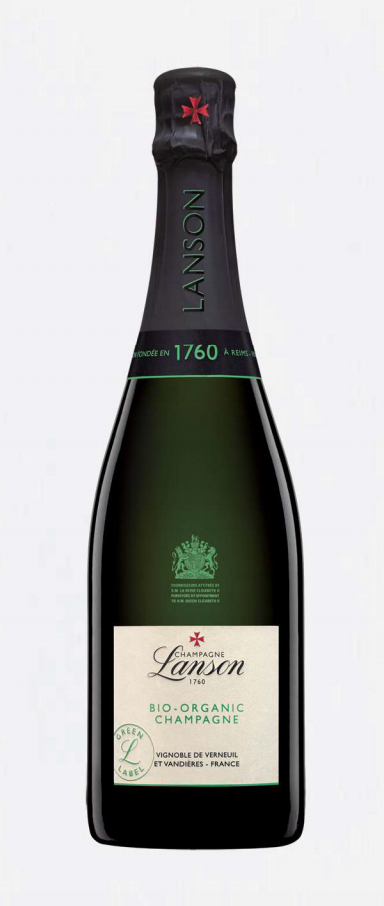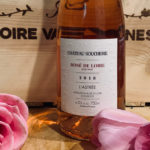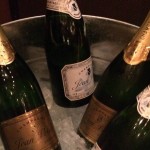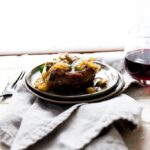It’s that time of year when everyone wants to enjoy sparkling wine. I think there’s something about those bubbles that bring out our celebratory moods. While we often turn to sparkling wine to celebrate, sparkling wine can be enjoyed — you know — just because. Whether you’re sipping Champagne, Prosecco, Crémant (a French term for traditional-method sparkling wines made outside Champagne) or cava, let’s break down the differences between your bubbles.
Champagne
While all champagnes are sparkling wines, all sparkling wines are not champagnes. For a sparkling wine to be considered a champagne, it must be produced in the French region of the same name that sits 90-miles northeast of Paris. And there are some strict rules and protocols for producing sparkling wine in the Champagne region. In addition to where it’s produced, there are only a few grape varieties allowed to be used in the wine. The varieties mainly used are Pinot Noir, Pinot Meunier, and Chardonnay. Wait, there’s more! Grapes are always hand-picked during harvest. And then there is the method in which the wine is fermented. ‘Méthode Champenoise’ is a method in which a second fermentation takes place in the bottle after sugar and dead yeast have been added. Outside of the region, the same method is called the ‘traditional method.’ The aging of non-vintage champagnes is at least 15 months. This method leads to flavors of toasty almond, pastries, dried fruit with fine textures and tighter bubbles. Now do you see why Champagne is a bit of a splurge?
Cava
France isn’t the only country producing vibrant sparkling wines. Produced with a blend of Xarello, Parellada, and Macabeo grape varieties, cava is the famous sparkling wine from Spain. Cava producers also use the ‘traditional method’ when fermenting their sparkling wine. With nine months, the aging process is a little shorter. However, there is a higher quality of Cava called Reserva Cava, which must age at least 15 months in the bottle. A young cava will have crisp citrus fruit notes with zesty bubbles.
Italian Sparklings
One of the most famous sparkling Italian wines is Prosecco, which is made in the Veneto region of Italy. Produced with the grape variety named Glera, its second fermentation happens in steel tanks (the Charmat method) instead of bottles, and is considerably shorter than that of Champagne. This type of fermentation leads to younger, more fruit-forward wines. Prosecco tends to be a bit sweeter than champagne, as well.
Known for its sparkling wine, Franciacorta is a wine region in the Lombardy region of central northern Italy. Even though it has been producing sparkling wine for much longer, Franciacorta was only awarded DOCG status in 1995. Sparkling wines from Franciacorta are also produced using the ‘traditional method.’ Chardonnay, Pinot Noir, and Pinot Blanc are mainly used throughout the region. Wines from this region can have crisp, fruit notes like apples, toasty almond aromas and are very expressive.
Finally, another wonderful sparkling wine region in Italy is the Oltrepò Pavese. Also located in Lombardy, it comprises more than 13,000 hectares (over 32,000 acres), and Pinot Noir – locally known as Pinot Nero – is what the region is most famous for. Needless to say, its finest sparkling wines are dominated by the variety. It is the lesser known region to people here in the states because the appellation wasn’t granted DOCG status until 2007. Despite being fairly new to the designation, their method of producing sparkling wines comes with their own DOCG classification called ‘Oltrepò Pavese Metodo Classico.’
Lanson Champagne
Champagne Lanson is the fourth oldest Champagne house, founded in 1760 by Francois Delmotte. The house cultivates 57 hectares of their own land, 16 of which are organic and biodynamic. Sustainability measures can be rather challenging in the region due to its wet and cold climate. Lanson produces 10 cuvées, including Brut and Brut réserve champagnes, along with two vintage wines and two prestige cuvées. Their champagnes are aged for at least three years (sometimes even longer) to allow the flavors to evolve in their own time. The NV Lanson Green Label Champagne is a beautiful blend of organically grown Pinot Noir, Pinot Meunier, and Chardonnay. The cuvée has an excellent balance of acidity, minerality and fruit. The notes of green apples and melon I get on the nose is intoxicating.
Moratti-Castello di Cicognola
While I love Prosecco, I’ve been on the lookout for some other Italian sparkling wines. When I was introduced to this producer a few months ago, I became a big fan. In 1982, the 13th century Castello di Cigognola took on new ownership. Today, Gian Marco and Letizia Moratti bottle estate sparkling wines under the Moratti label. Their sparkling wines are all Blanc de Noir (sparkling white wines made from red grapes) and they are produced using sustainable farming methods. Castello di Cicognola has 30 hectares of organically grown vines and their wines are spectacular. The NV Cuvée “More” Brut is one of my favorites. The aromas are pretty expressive with citrus notes. On the palate, the bubbles are fine and the acidity is bright and balanced
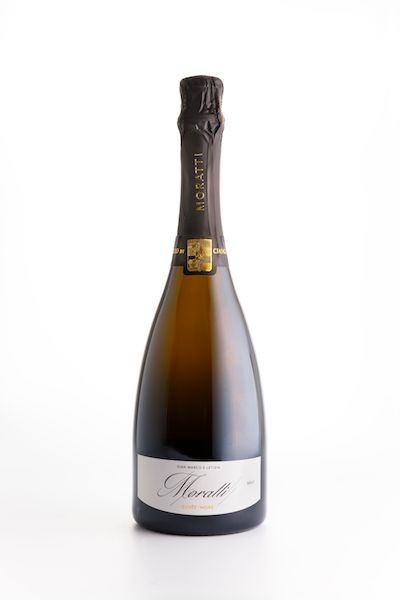 .
.
Leclerc Briant
Founded in 1872, the winery later became Leclerc Briant in 1955 when Bertrand Leclerc married Jacqueline Briant and formed the négociant firm. Ahead of the curve in sustainable farming in the region, the house began organic and biodynamic farming in the 1960s. All of their vineyards are certified as organic and biodynamic, and every wine released on the market is certified as vegan and is bottled 100% unfiltered and unfined. The Leclerc Brut Réserve is produced with Pinot Noir, Pinot Meunier, and Chardonnay. This Champagne has complexity, freshness, and balance. Enjoy it with a meal or all by itself.
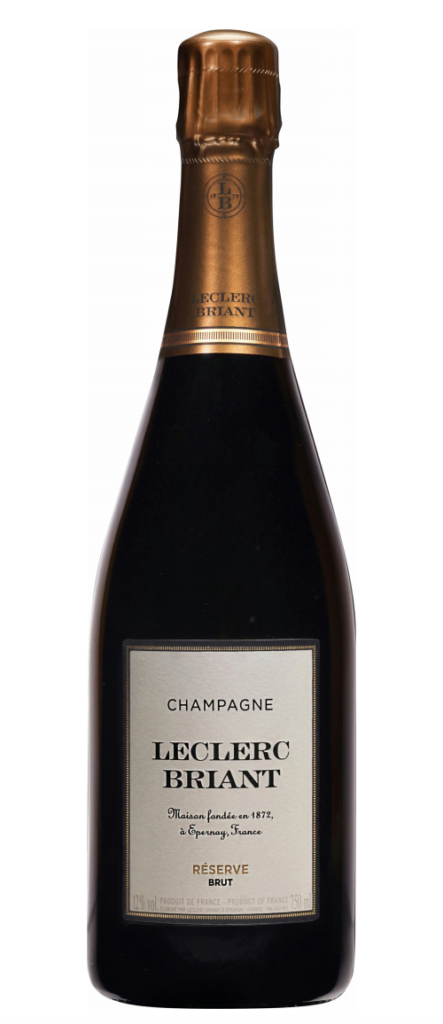
Bouvet-Ladubay Sparkling Rosé
Founded in 1852, this sparkling wine producer is the second oldest producer in the Loire Valley in France. So I tend to think they know what they’re doing. Bouvet-Ladubay is an excellent alternative to Champagne because it’s a French sparkling produced using the ‘traditional method.’ With a beautiful pale pink hue, this Cabernet Franc rosé makes an excellent aperitif or pairing beautifully with a cheese board or grilled white fish like flounder.
